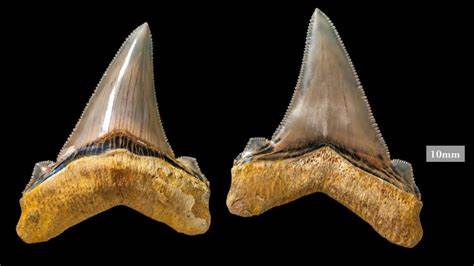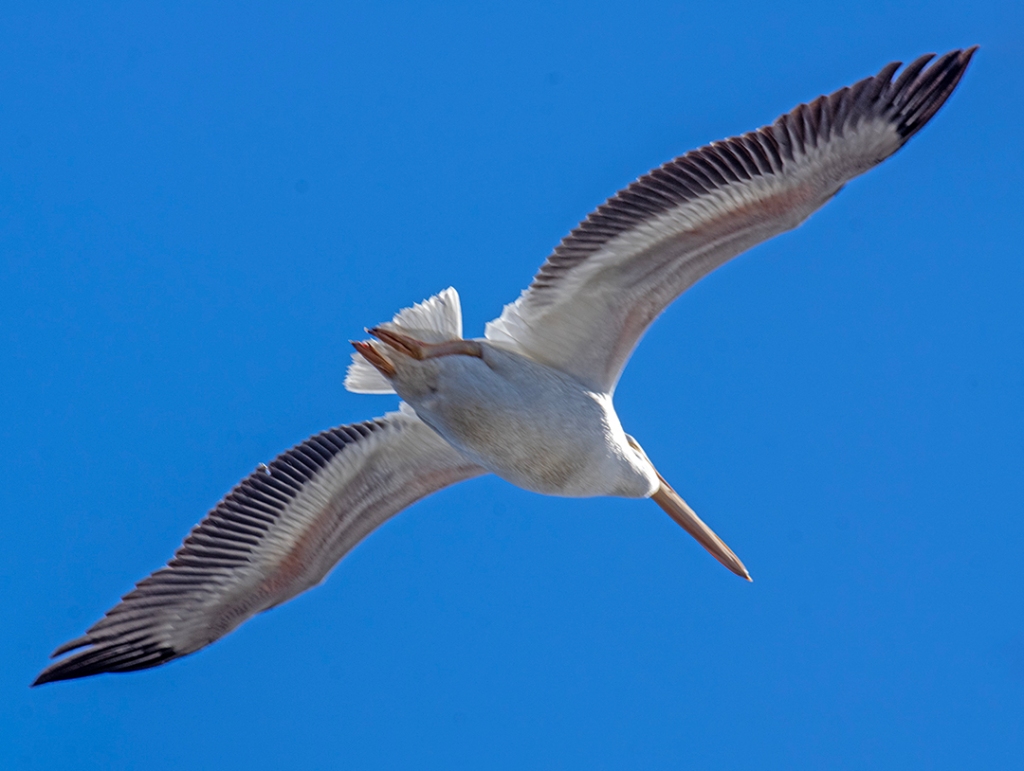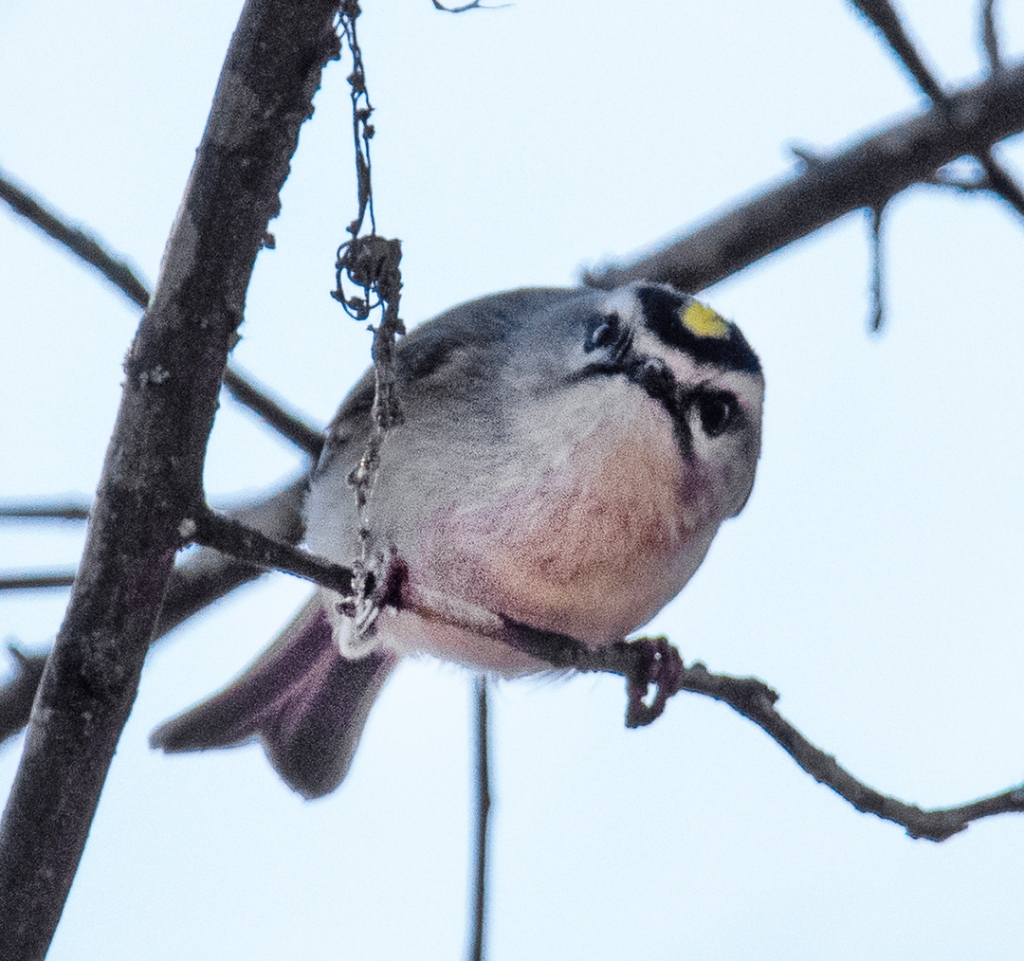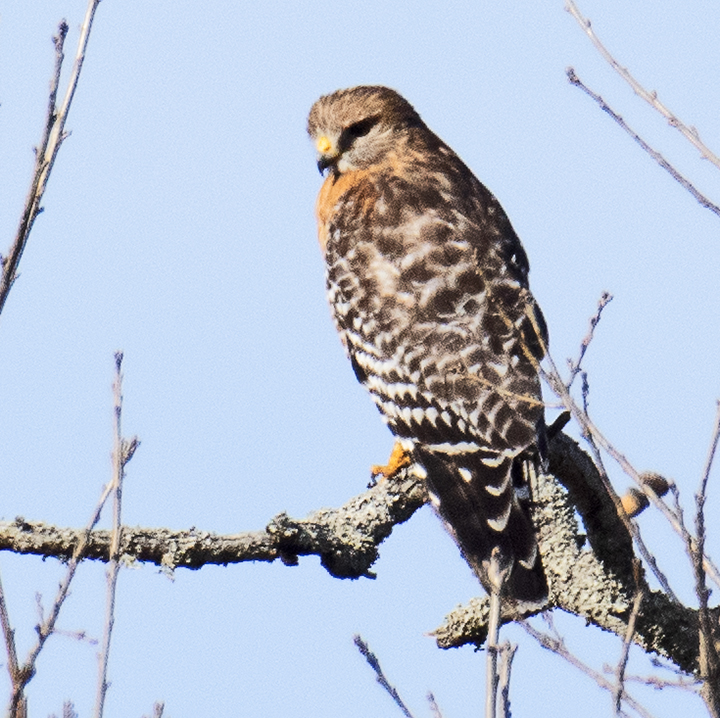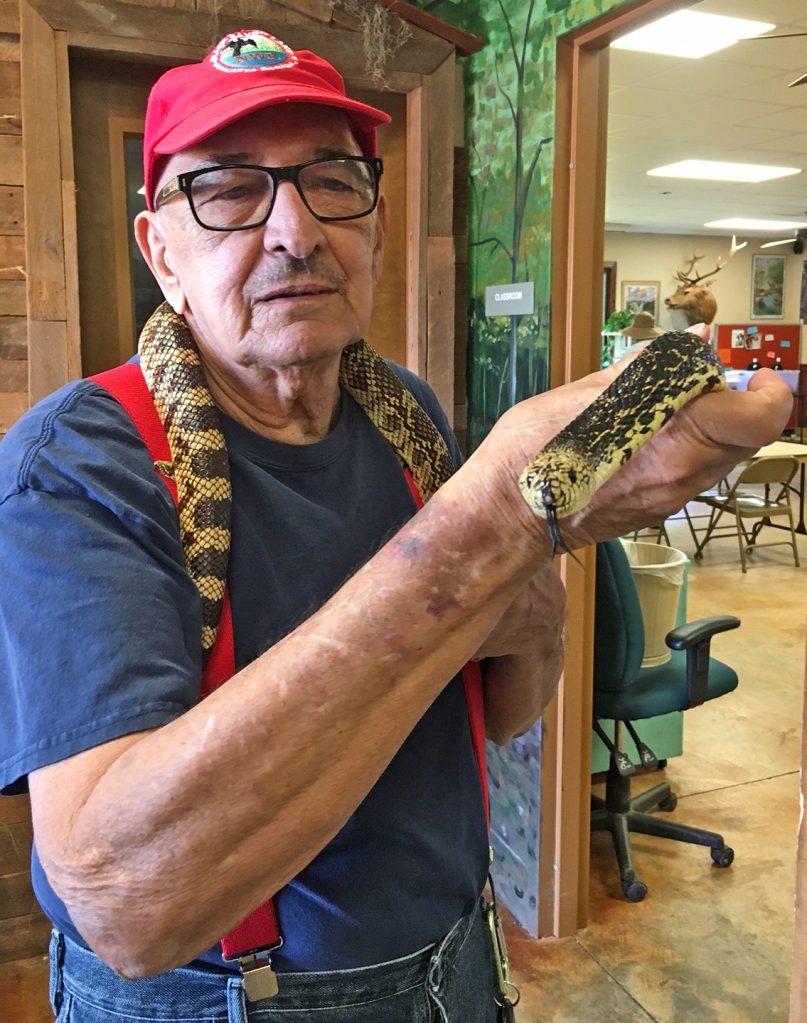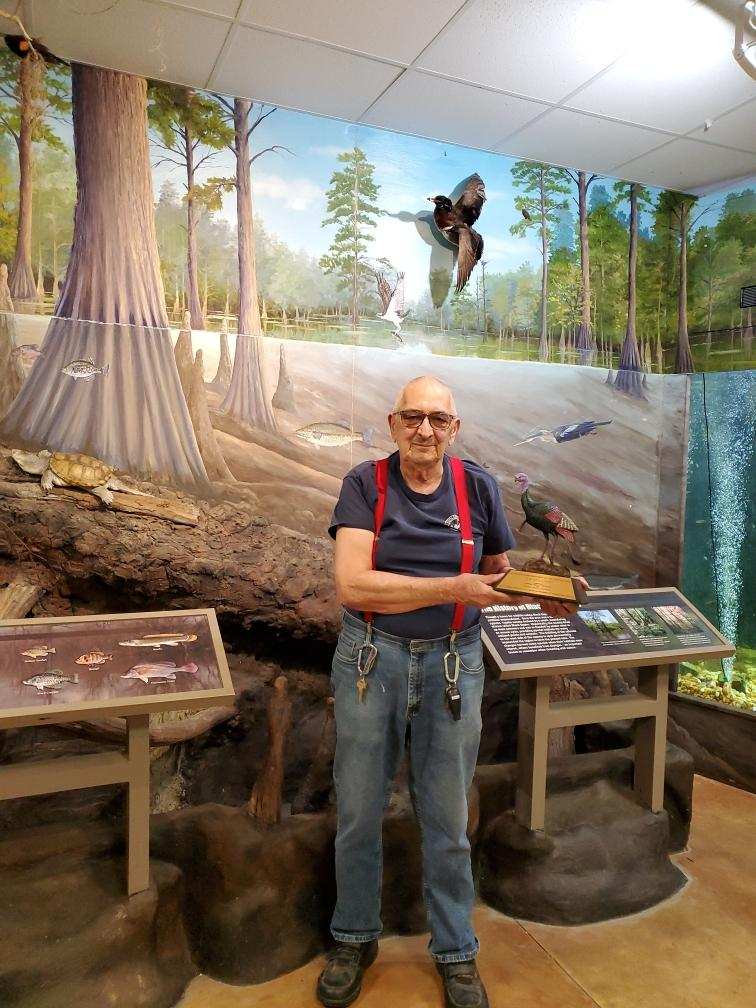
That’s right! Our own Jim Kolinski has been named Louisiana Department of Wildlife and Fisheries Volunteer Conservationist of the Year for 2024. Jim is an incredibly knowledgeable and dedicated member of the team at Black Bayou Lake National Wildlife Refuge. So dedicated, in fact, that he even missed the awards ceremony so that he could help more people experience and enjoy nature at Black Bayou instead.
Thank you so much, Jim, for all your hard work and dedication. It means a lot to all of us who like to work and play at Black Bayou. We all love you and can’t wait to see you do many more great things.
https://www.friendsofblackbayou.org/blog/jim-kolinski-celebrated-as-volunteer-conservationist-of-the-year-by-lwf

